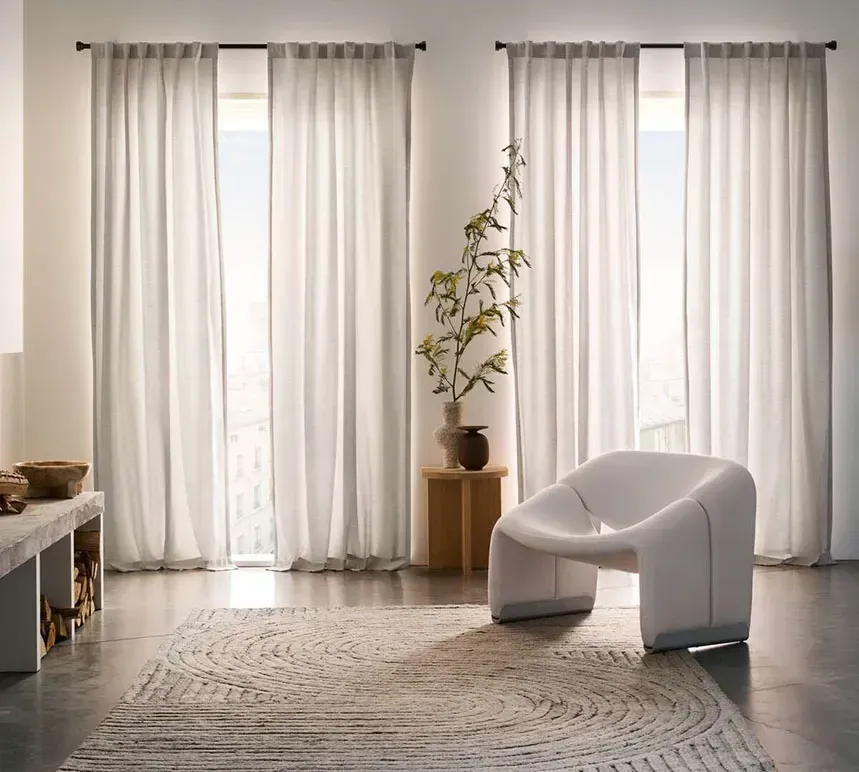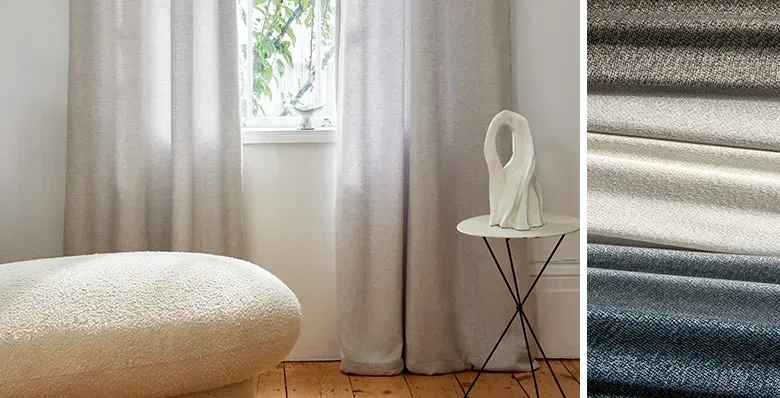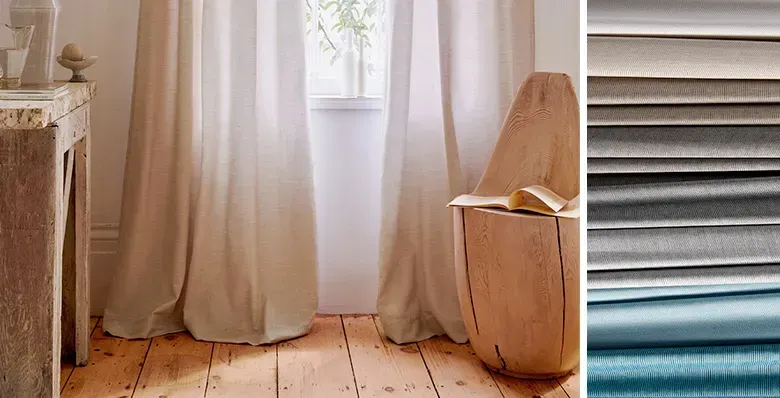What Are the Pros and Cons of Sunbrella Fabric? A Balanced Review
TLDR;
Sunbrella fabric is known for its durability, UV resistance, and water repellency, but it also has drawbacks like a higher cost, stiffness, and maintenance needs. However, its benefits often outweigh the downsides, making it a popular choice for outdoor and indoor use.
Why Sunbrella Fabric Stands Out
Sunbrella fabric has earned a stellar reputation for being one of the most durable and reliable performance fabrics available today. It is widely used in outdoor furniture, window treatments, marine upholstery, and more. Companies like Simply Windows trust Sunbrella for its quality and longevity. While no fabric is perfect, Sunbrella offers more benefits than drawbacks for those looking for long-term performance.
Understanding Sunbrella Fabric

Sunbrella is crafted from solution-dyed acrylic fibers, giving it exceptional resistance to fading, mold, and mildew. Unlike traditional fabrics, its color is integrated into the fibers during the manufacturing process, making it more durable against outdoor elements. With proper care, Sunbrella fabrics can last for years without losing their appeal.
Pros and Cons of Sunbrella Fabric

While Sunbrella is widely praised, it’s essential to consider both its advantages and disadvantages to determine if it’s the right choice for your needs.
1. Superior Durability with Some Fading Over Time
Does Sunbrella fabric fade? One of Sunbrella's major selling points is its UV resistance, but like all fabrics, prolonged sun exposure can cause some fading over time. Compared to Olefin and Polyester, Sunbrella performs well, but protecting it with covers or using lighter shades can help maintain color vibrancy for longer.
2. Sturdy and Resilient, but Firm to the Touch
Is Sunbrella comfortable? Sunbrella fabric is designed to be strong, which sometimes results in a firmer texture. While this makes it incredibly resilient to wear and tear, it may not be as soft as cotton or other upholstery fabrics. However, Sunbrella does offer softer lines for indoor applications, and adding cushions can enhance comfort.
3. A Higher Price, but Long-Term Value
Is Sunbrella worth the cost? Sunbrella’s premium quality comes at a higher price than some other fabrics. However, its longevity and low maintenance costs—especially when considering Sunbrella Drapes Longevity—make it a worthwhile investment. When compared to less expensive alternatives, Sunbrella often outlasts them, making it a cost-effective choice over time.
4. Easy to Clean, but Some Stains Require Extra Care
How hard is it to clean Sunbrella fabric? Sunbrella is designed to resist mold and mildew, but regular cleaning is necessary to prevent dirt buildup. While most stains can be removed with mild soap and water, oil-based stains may need additional treatment. Fortunately, Sunbrella provides cleaning guides and specialized products to simplify maintenance.
5. Eco-Friendly Initiatives but Still Synthetic
Is Sunbrella eco-friendly? Sunbrella has taken steps to improve sustainability, including a recycling program that repurposes old fabrics into new materials. However, as a synthetic fabric, it does not biodegrade like natural fibers. That said, its long lifespan reduces the need for frequent replacements, contributing to less waste.
6. Occasional Static, but Manageable
Does Sunbrella fabric cause static? In dry climates, some users report minor static buildup. This is a common issue with synthetic fabrics but can be minimized by using fabric softeners, humidifiers, or natural fiber accessories in combination with Sunbrella upholstery.
Sunbrella vs. Other Fabrics: A Balanced Comparison
To help you determine if Sunbrella is the best fit for your needs, here’s a comparison of Sunbrella against two common alternatives—Olefin and Polyester.
| Feature | Sunbrella Fabric | Olefin Fabric | Polyester Fabric |
|---|---|---|---|
| Durability | High | Medium | Medium |
| Fading Resistance | High | High | Low |
| Comfort | Firm | Soft | Medium |
| Cost | Premium | Affordable | Cheap |
| Eco-Friendliness | Improving | High | Medium |
Tips for Getting the Most Out of Sunbrella Fabric

If you’re considering Sunbrella, here are some ways to enhance your experience:
- Minimize fading by using protective covers and selecting lighter shades.
- Enhance comfort by pairing Sunbrella fabric with plush cushions or opting for softer indoor lines.
- Reduce static by using a humidifier or blending Sunbrella with natural fabrics.
- Keep it clean by following Sunbrella’s recommended maintenance guidelines.
Is Sunbrella the Right Choice for You?
Sunbrella fabric is a top-tier option for those seeking durable, UV-resistant, and stylish fabric solutions. While it has some drawbacks, such as its firmer texture and higher cost, these are outweighed by its longevity, easy maintenance, and overall performance. If you’re looking for a fabric that withstands the elements and retains its beauty for years, Sunbrella is a solid investment.
FAQs
Does Sunbrella fabric fade over time?
Sun exposure can cause gradual fading, but it resists fading better than most fabrics.
Is Sunbrella better than Olefin fabric?
Sunbrella offers superior durability, while Olefin is softer and more budget-friendly.
What are the best alternatives to Sunbrella?
Olefin, Polyester, and Canvas provide different advantages, depending on your priorities.
How do you clean Sunbrella fabric?
Mild soap and water work for most stains, with specialized cleaners available for tougher spots.
Is Sunbrella waterproof?
It is highly water-resistant but not completely waterproof.
By considering both the benefits and limitations, you can make the best decision for your home or business. If you need expert guidance on choosing the right fabric for your space,
Simply Windows is here to help.

